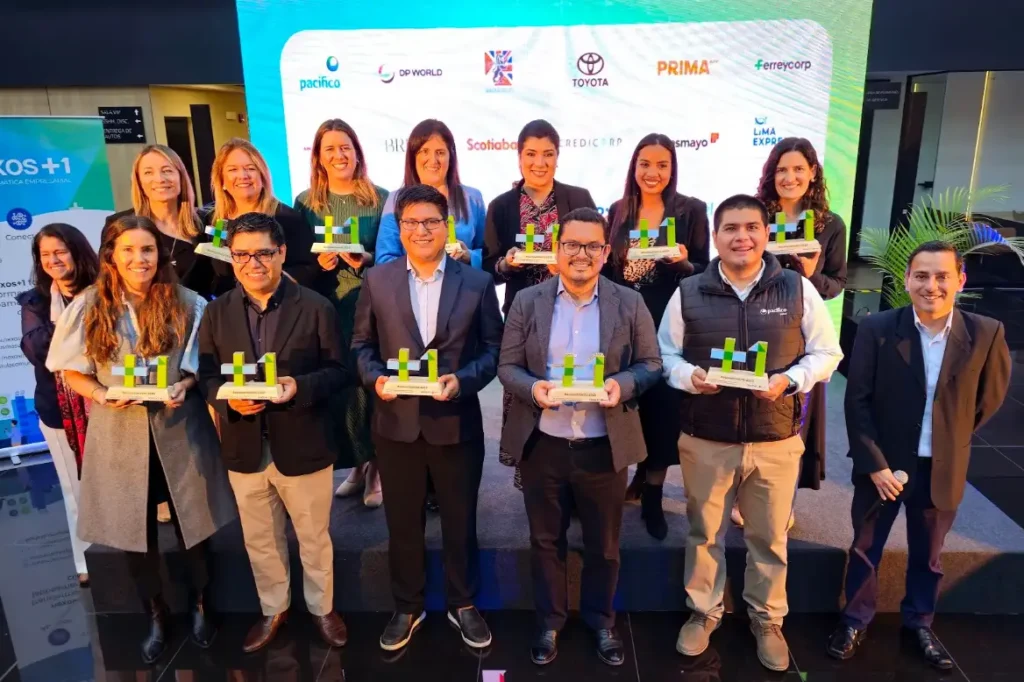Would you prefer to listen to it? Play the audio here
Pia Zevallos - Libélula General Manager
Climate disclosure forces companies to understand and quantify their risks, both physical risks, such as droughts or floods, and transitional risks, such as changes in policies or technology. This exercise not only allows them to better prepare for the future, but also highlights business opportunities. A recent study by CDP, an independent global disclosure platform, reveals that companies can get up to 21 times return for every dollar invested in mitigating the physical risks of climate change (CDP, 2025).
Although the study offers a global analysis, in Latin America and Peru climate disclosure is a growing trend, accompanied by concrete financial opportunities, such as access to green credits or the issuance of green bonds, debt instruments whose funds are intended to finance renewable energy projects, clean transportation, green buildings, waste management and adaptation to climate change (BRCP, 2022). Green bonds had a cumulative volume of USD 1.1 billion as of April 2022 (Climate Bond Initiative, 2022). MINAM has quantified that by 2030, the mobilization of green resources in the country could reach USD 5.8 billion, 3.1% of GDP (MINAM, 2022).
Climate disclosure builds reputation and trust with investors, who are increasingly aware of the risks and use this information to make investment decisions. Similarly, consumers value transparency and prefer brands that demonstrate a real commitment to sustainability. Finally, the disclosure process generates internal value by identifying inefficiencies and opportunities to reduce costs.
Increasing pressure from investors, regulators and consumers has put climate change at the center of the corporate agenda. In June 2023, the International Sustainability Standards Board (ISSB) published IFRS S1, which establishes general sustainability requirements, and IFRS 2, which focuses on climate-related disclosures, ushering in a new era of sustainability-related disclosures in the capital markets (EY, 2023). These standards will gradually become mandatory. In the case of Colombia, they already are.
In short, climate disclosure is not a fad, but a fundamental pillar for sustainability and long-term success. It is not just a matter of responsibility, but a smart strategy for building a more prosperous future. Disclosure is the foundation for building a strong and resilient brand in a world that demands action. Companies that measure and report key climate indicators such as their carbon footprint today will be leading the market with sustainable solutions tomorrow.
Is your company already measuring and reporting its climate risks?
Column published in the Gestión Newspaper.




